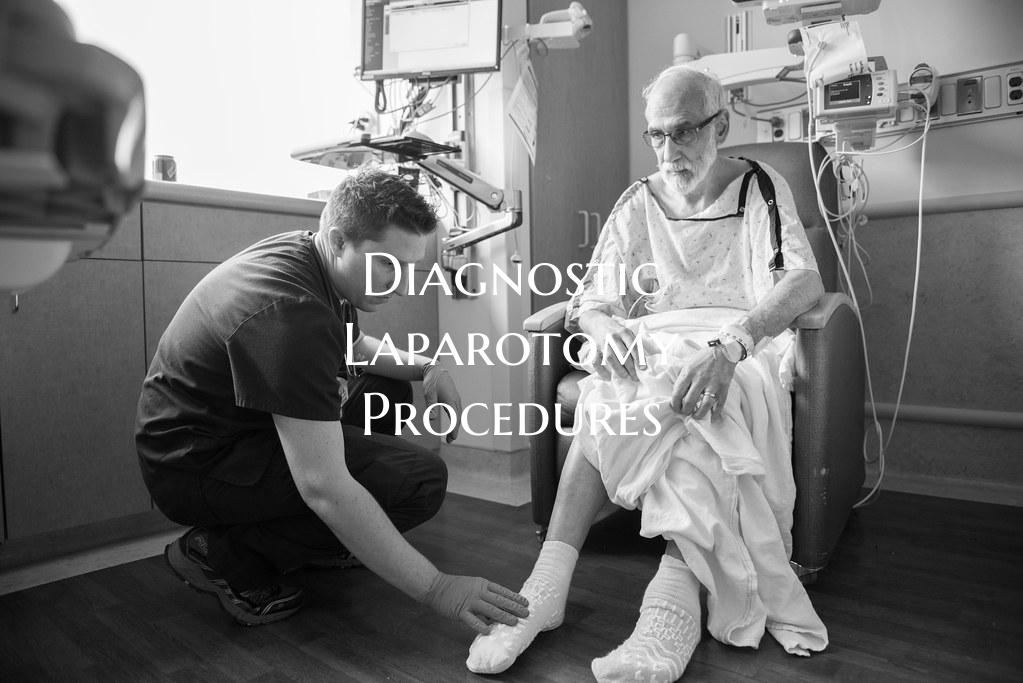
Diagnostic Laparotomy Procedures
Introduction: Diagnostic laparotomy is a surgical procedure that involves making an incision in the abdominal wall to visually inspect the abdominal organs for diagnostic purposes. This procedure is typically performed when other non-invasive imaging techniques are unable to provide a clear diagnosis.
Purpose of Diagnostic Laparotomy:
1. Identifying and Diagnosing Abdominal Conditions: Diagnostic laparotomy allows surgeons to directly visualize the abdominal contents, which can help in diagnosing various conditions such as abdominal trauma, unexplained abdominal pain, tumors, infections, and other abnormalities.
2. Staging and Treatment Planning: In cases of cancer, diagnostic laparotomy can help in determining the extent of the disease, also known as staging. This information is vital in developing an appropriate treatment plan for the patient.
Procedure Overview:
1. Preoperative Preparation: Patients undergoing diagnostic laparotomy will typically undergo preoperative evaluations, including blood tests, imaging studies, and consultations with the surgical team. They are also advised on fasting before the procedure.
2. Anesthesia and Incision: The patient is given general anesthesia to ensure they are unconscious and pain-free during the surgery. The surgeon then makes a carefully planned incision in the abdominal wall to access the abdominal cavity.
3. Exploration and Diagnostic Procedures: Once the abdominal cavity is exposed, the surgeon visually inspects the organs for any abnormalities. Samples may be taken for biopsy, and additional procedures such as exploratory surgery or tumor removal may be performed as needed.
Recovery and Follow-Up:
After the procedure, patients are closely monitored in the recovery room before being transferred to a hospital room. Recovery time varies depending on the extent of the procedure and the individual's health condition. The surgical team will provide instructions for postoperative care and follow-up appointments.
Conclusion:
Diagnostic laparotomy is an important tool in diagnosing and treating various abdominal conditions. By allowing direct visualization of the abdominal organs, this procedure plays a crucial role in guiding further management and improving patient outcomes. If recommended by a healthcare provider, patients should discuss the procedure in detail to understand its benefits and potential risks.